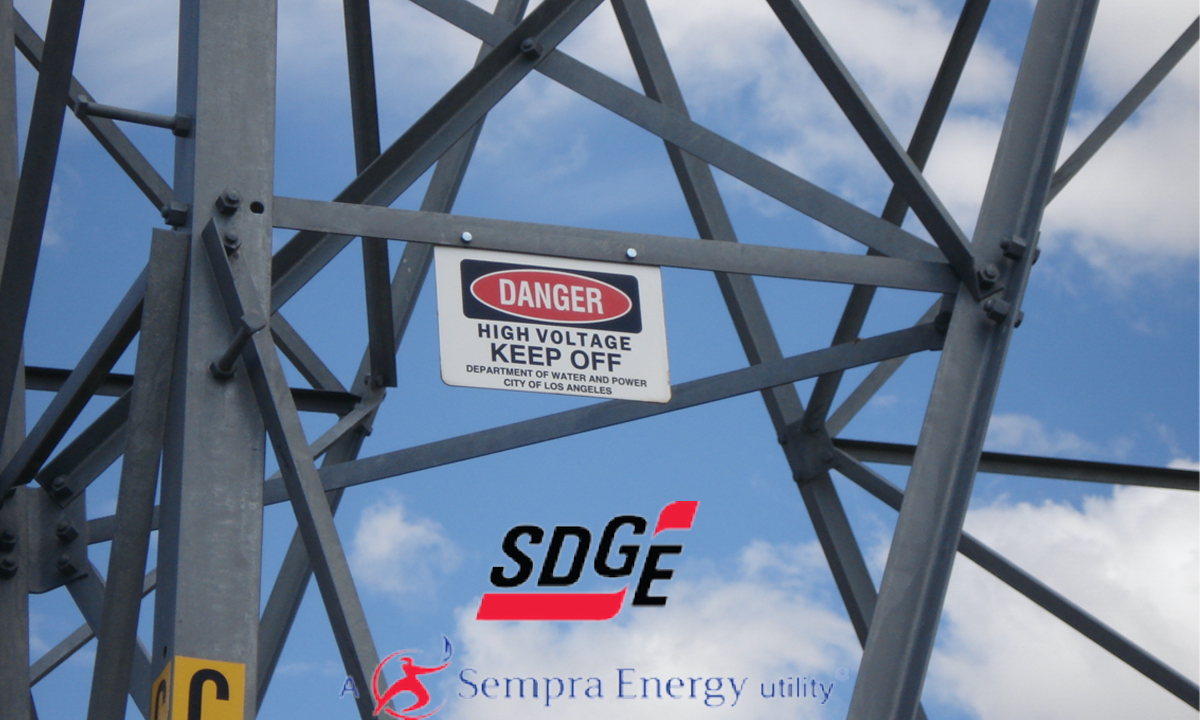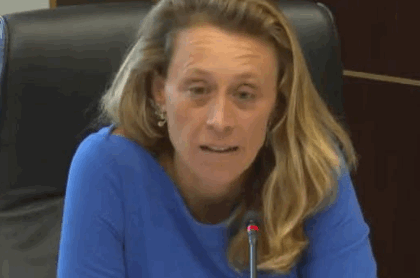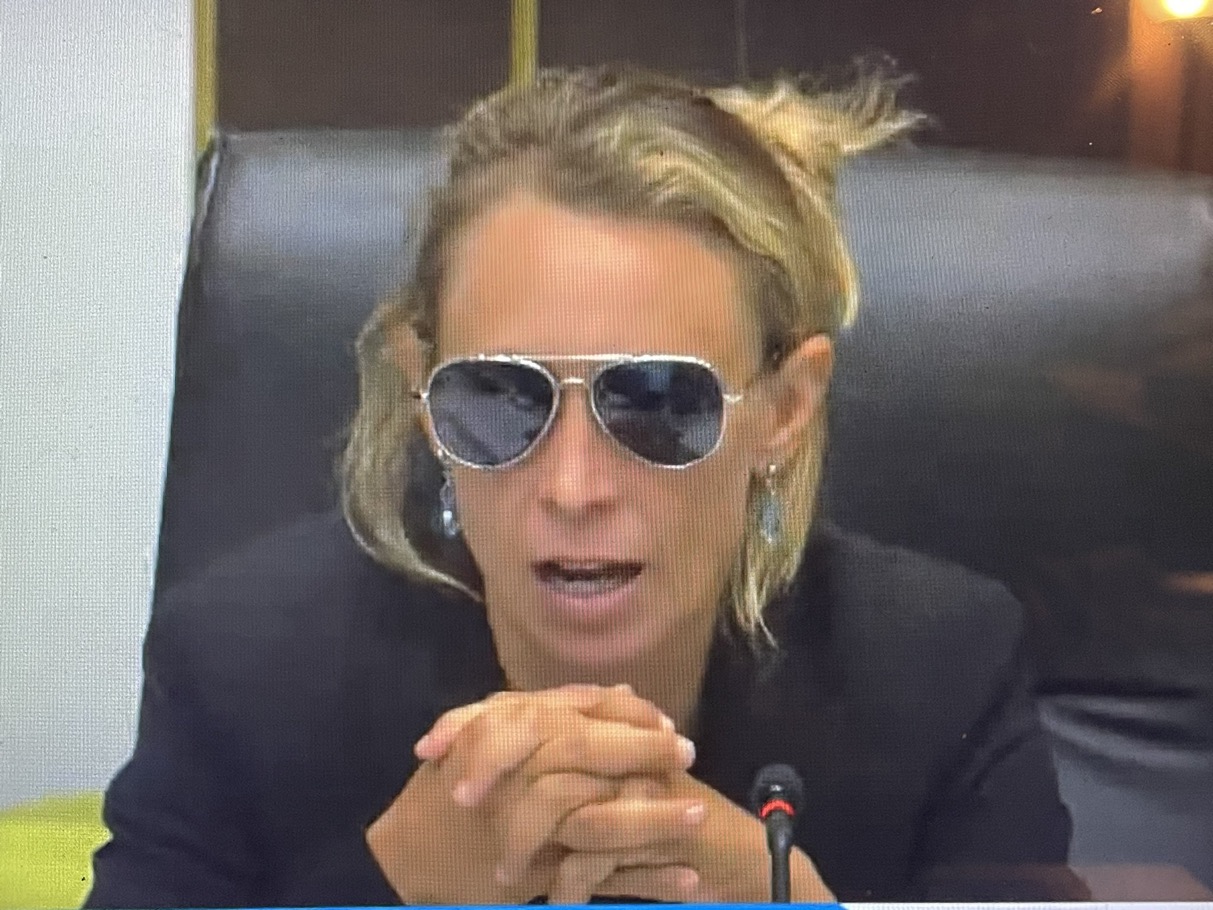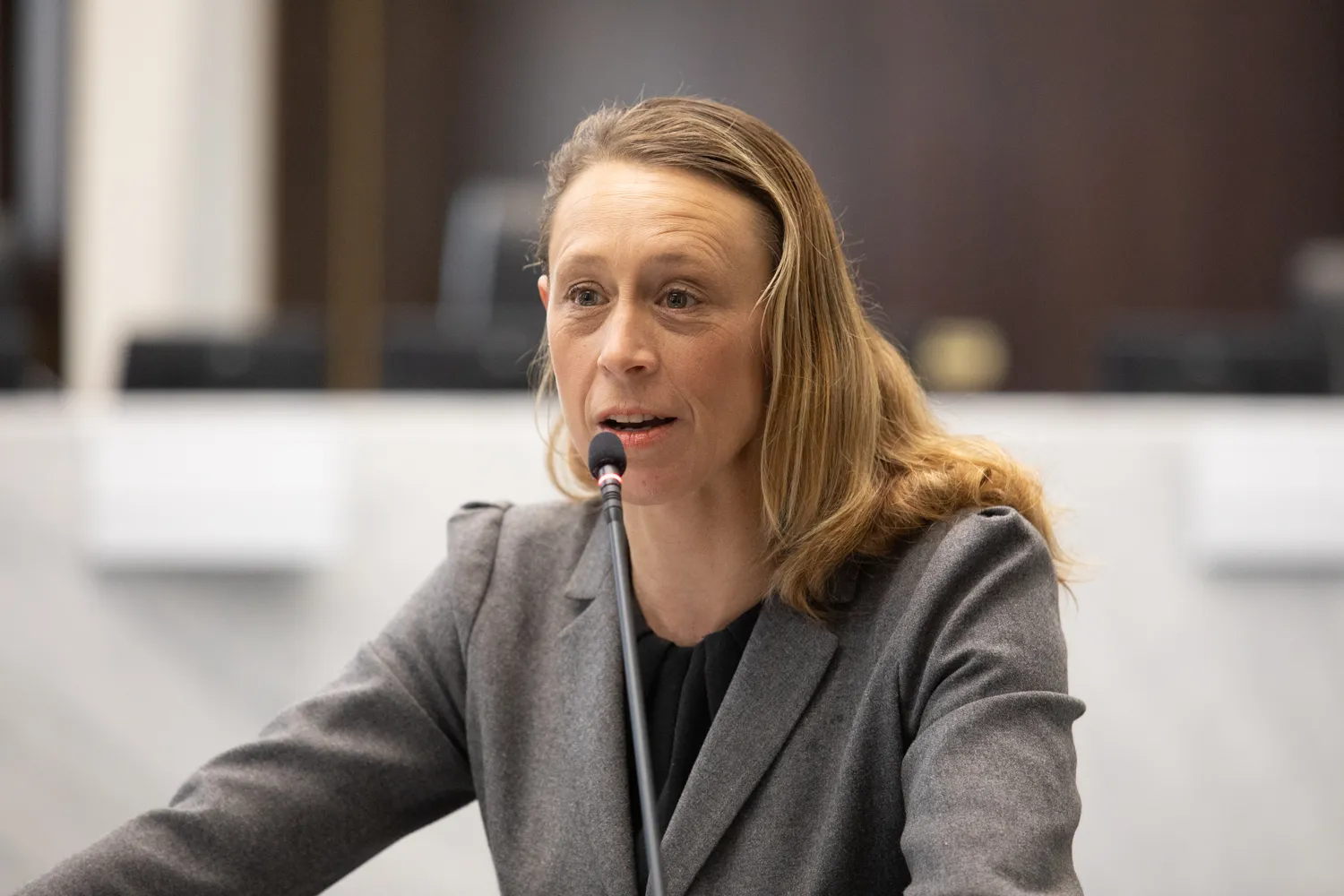Written by Sebastian Acosta
San Diego Gas & Electric is pushing the California Public Utilities Commission to sign off on a 3.3 percent increase in customer bills from March 1 to December of this year.
SDG&E claims that the price increase will be in part due to a hotter-than-expected summer that caused high electric prices.
If the application is approved, the 3.3 percent price increase on the average customer in the inland climate zone would amount to a $3.66 increase per month from November 1 to May 31, and an increase of $3.72 per month from June 1 to October 31.
SDG&E said it had an under-collection of $67 million through the end of October in its Energy Resource Recovery Account. The company anticipates an under-collection of $119 million for 2021. Last year, the utility recorded a $138 million over-collection which resulted in a slight rate reduction for inland customers.
SDG&E’s most recent filing was made last month to the commission. A prehearing is scheduled for January 14.
“We recognize the timing of the filing is not ideal and to help minimize the impact on our customers, SDG&E is proposing to recover the under-collected revenue over a 10-month period versus a minimum 90-day period established by the commission … It’s also important to understand that if we delay addressing these types of under-collection issues now, balances could accumulate and result in bigger rate increases down the road. That’s something we want to avoid,” said SDG&E spokeswoman Helen Gao.
Pacific Gas & Electric, the largest power company in California, has also pushed for a rate increase. Approved by the CPUC and effective January 1, the increase is estimated to amount to $5.15 per month for PG&E customers. Another increase is set for March 1.
The Utility Reform Network, known as TURN, has called for the state’s utility companies to reconsider their rate increases, explaining that the pandemic has already caused financial harm for countless residents.
“Our message is you are either part of the solution or you’re part of the problem and when you are raising rates for essential services when thousands if not millions of customers are losing their job and their sources of income, you are part of the problem,” said TURN spokeswoman Mindy Spatt. “So we would suggest SDG&E take a different approach.”
SDG&E has cited comparatively fewer commercial and industrial sectors, expensive underground circuits/wires, and wildfire prevention/mitigation costs as among the reasons for its higher rates.




